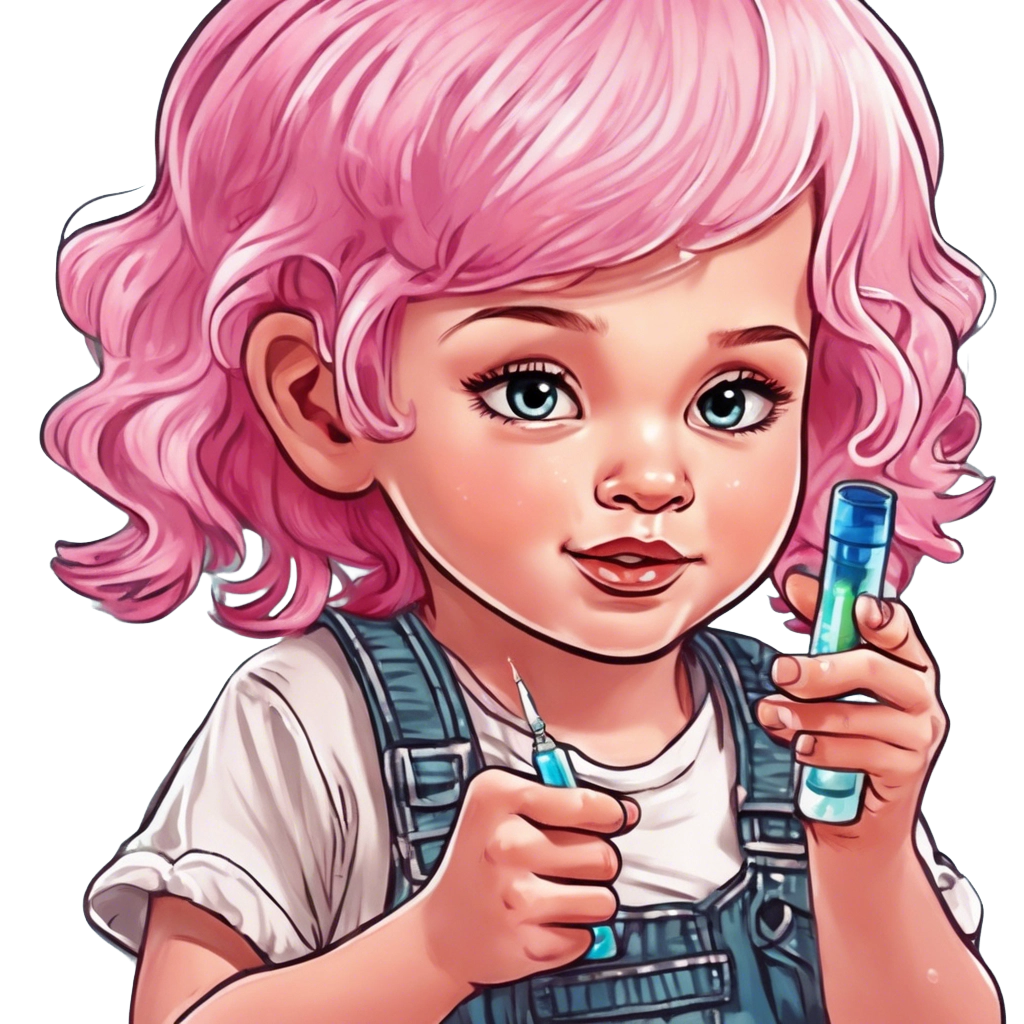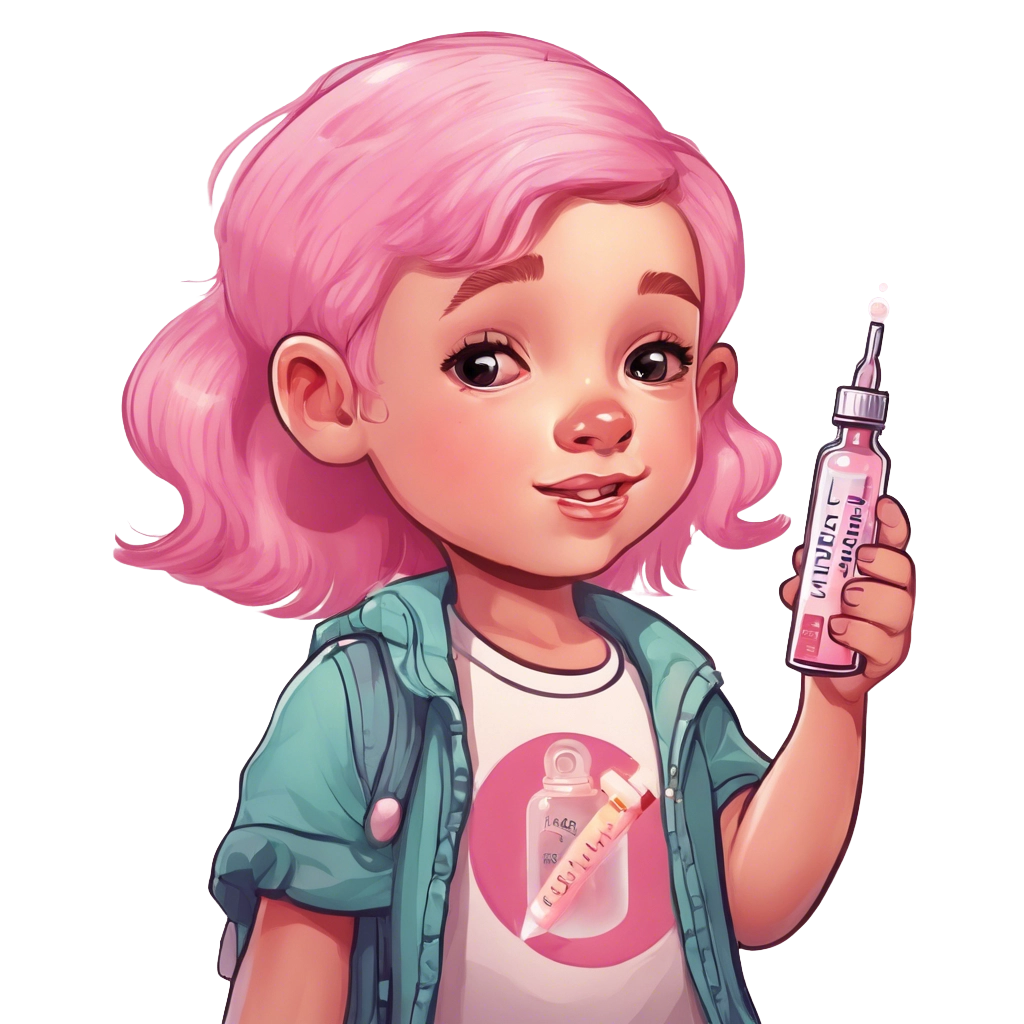
Patho
- Beta cells of the pancreas DO NOT make insulin.
- There is no insulin to bring glucose into cells.
- Cells use alternative energy: fat and protein

Causes
- Autoimmune
- Genetic
- Unknown
- Diagnosed in childhood or teen years
- Abrupt onset

Treatment
- Insulin and only insulin
- Oral medications will not work. Only life-long insulin
- Remember that the pancreas does not produce insulin. Insulin must be injected











